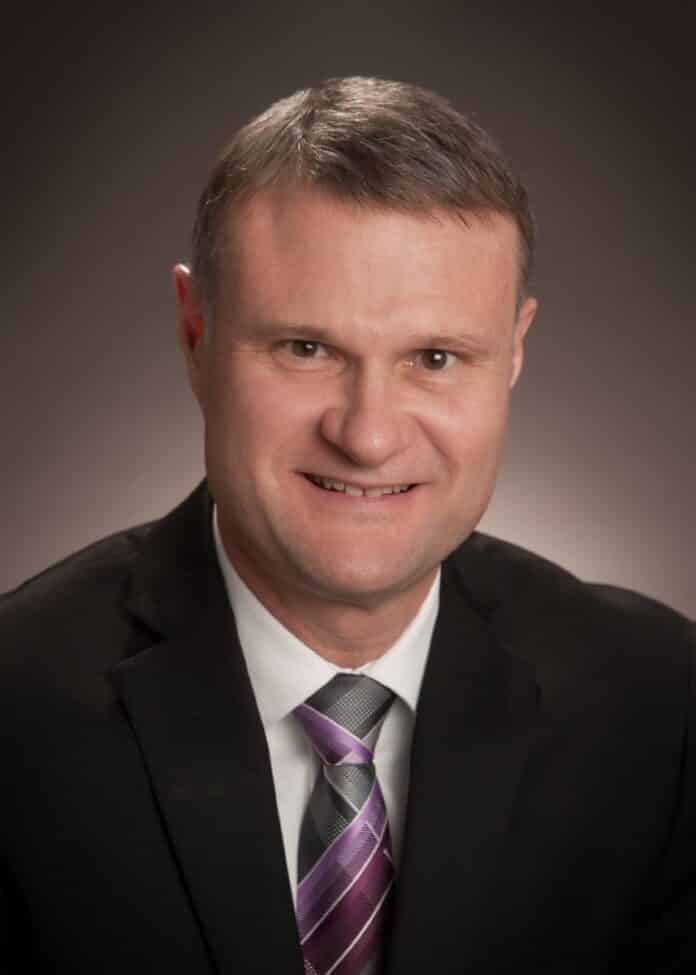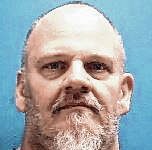The Bartholomew Consolidated School Corp. has added a hybrid learning model to its reopening plan as a possible option for schools to use in case of increased COVID-19 spread.
“It is another way for our community to understand what is happening with community spread and to see what we might need to do, from an operational standpoint for the schools, and looking at the hybrid model as a potential additional tool in our toolbox," said Superintendent Jim Roberts. He also called the model a possible "intermediary step" between in-person learning and district-wide eLearning.
The BCSC school board voted 5-1 Monday to add the hybrid model to the reopening plan. Board member James Persinger was the sole vote against the model. Board member Julie Bilz was not present for the meeting or the vote.
The hybrid model uses the Indiana State Department of Health’s color-coded system to differentiate four different categories that may result in changes to how instruction is offered. The state’s categories are as follows:
- Minimal community spread (blue): "All schools will provide a full-time in-person option while taking proper precautions including physical distancing, focusing on hand hygiene, and wearing face coverings." Schools will also limit activities where social distancing is not feasible.
-
Moderate community spread (yellow): Similar to minimal spread, all schools provide a full-time in-person option, practice precautions and hold "no assemblies or activities" where distancing is not feasible.
- Moderate to high community spread (orange): Elementary schools may continue with a full-time, in-person option, secondary schools may consider switching to a hybrid learning model.
- High community spread (red): Both elementary and secondary schools will consider using a hybrid model OR district-wide eLearning model.
The hybrid model also provides suggestions for how extracurricular activities and other school services should be offered in each category.
For middle and high schools, the proposed hybrid model splits students into two groups by last name. Students with surnames A-K would attend in person on Monday and Tuesday and do eLearning Wednesday through Friday. Students L-Z would do eLearning Monday through Wednesday and attend in person Thursday and Friday.
The hybrid model proposes that elementary students would continue in-person learning during moderate to high community spread, but possibly switch to hybrid learning in a high community spread situation. In the latter scenario, elementary students would follow the same model shown above for secondary students.
Roberts said that the reason elementary schools would wait for higher spread to switch is because elementary schools have had a small number of student cases.
“When we have elementary student cases the number of close contacts is small," he said. "When we have a positive case at the secondary level, particularly at the high school level, it is possible to get a relatively large number of close contacts.”
Roberts said that while the hybrid model is based on the state’s categories, language and recommendations, BCSC will continue to look at its existing local indicators, with the COVID-19 Community Task Force continuing to post twice-weekly reports.
Right now, the school corporation is in an overall designation of moderate spread based on local indicators, he said. The latest state figures also have Bartholomew County scored as moderate or "yellow."
Roberts said that the state indicators are something to look at when considering different learning options. He added that the state’s colors will lead to conversations, but not an automatic shift in learning styles.
Furthermore, if BCSC does move into a hybrid learning model due to increased community spread, Roberts said that they would likely stay in that model for at least 14 days rather than switching back immediately after the numbers drop.
"How long are you going to watch a trend going in an increasing direction before you have a serious conversation or make a decision about moving away from what we’re doing?" asked Persinger, who voted against adding the hybrid model to the reopening plan. "That’s obviously over two weeks."
Roberts did not give an exact number of days, but recalled past conversations at the beginning of the school year. He said that after seeing about a week of substantial spread numbers, the school corporation had several discussions about moving to eLearning in mid-August. He added that at that time, they saw the numbers decreasing and noted that there were certain "circumstances within the community" leading to the higher numbers.
Persinger also argued that with Halloween and holiday breaks coming up, there are more chances for an increase of COVID-19. He suggested that rather than in-person learning being safe, it might actually be a "petri dish" where the virus can quickly spread.
In regards to holidays and breaks, Roberts replied, “Fall break will help us understand that. By the middle of November, we will have seen what the results of that were, based on per capita rates, positive test rates here and in the county. And that will be certainly a precursor or a forecaster for Thanksgiving break…and then Christmas break.”
School board president Jeff Caldwell, on the other hand, said that based on data, he believes that the "safest place" for children, health-wise, is in schools.
While Caldwell voted to add the hybrid model to the reopening plan as a possible option, he expressed some concern that if students spend more time away from school buildings, there’s more chance of them becoming infected due to more lax health protocols in certain environments. As a result, more students might become infected and spread the virus to their peers when they return to in-person learning.
He added that prior to fall break, the majority of student cases were from virtual learners.
Prior to fall break, BCSC reported that there were a total of 29 confirmed positive COVID-19 cases among students and staff since school started on Aug. 10. On Oct. 16, the number was 56, with Roberts noting that a "sizable number of cases" were reported during and shortly after the break.
"I know many families will swear that they’re keeping their kids safer by keeping them home and doing virtual learning. I’m sure some are, but as a population, that’s just not true," Caldwell said.
Roberts said that the school corporation can have someone look into the projections or models regarding Caldwell’s theory. He added that he also prefers to keep offering in-person learning as much as possible.
"The hybrid model that we propose is just that option, as we see cases continue to increase — if that is indeed the case as we consult with medical professionals — in lieu of going to an all-person eLearning," Roberts said.
[sc:pullout-title pullout-title=”Where to learn more” ][sc:pullout-text-begin]
Video of Monday’s school board meeting can be viewed on YouTube. A link to the video is available on BCSC’s Facebook page.
The COVID-19 Community Task Force posts community spread updates every Monday and Thursday at covid19communitytaskforce.org/data/.
The state dashboard of community spread by county is updated Wednesdays at 12 p.m. and can be viewed at www.coronavirus.in.gov/2393.htm.
[sc:pullout-text-end]





